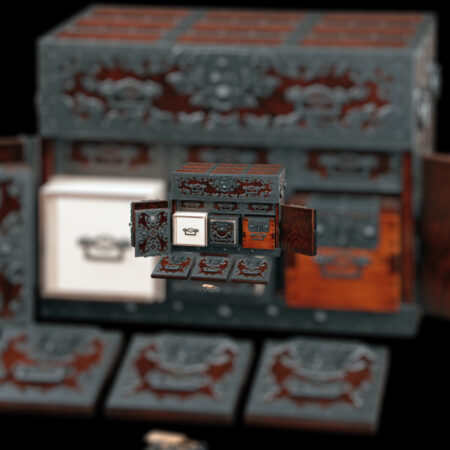This work embodies the "form of prayer for a new age "as the creator has taken over the traditions of Kamakura carving skills from his ancestors since approximately 800 years ago.
The plate "Dragon over Fuji " by Hokusai was inspired by a design by Katsushika Hokusai, an ukiyoe artist, of a dragon ascending to heaven over the magnificent Mt. Fuji.
The plate "Kanagawa Okinamiurazu" Hokusai was inspired by Katsushika Hokusai's "The Great Wave off Kanagawa" when the artist aimed to use blue and gold in the creation. Hokusai's "The Great Wave off Kanagawa" is composed of three elements- a large wave, three sailing ships, and Mount Fuji at the back.
Why? All because the creator would love to guide his viewers to envision the ocean in their own personal ways.
This work is the representation of true, real carving wood. It can be displayed as a dcor object but it can also be used practically as a plate. It can also be used as a fruit plate when receiving important guests.
He has fused traditional techniques into his unique world as a mirror of today's world.
Art
Inheriting traditional techniques while reflecting the voice of the current world,
it sublimates into a unique realm.
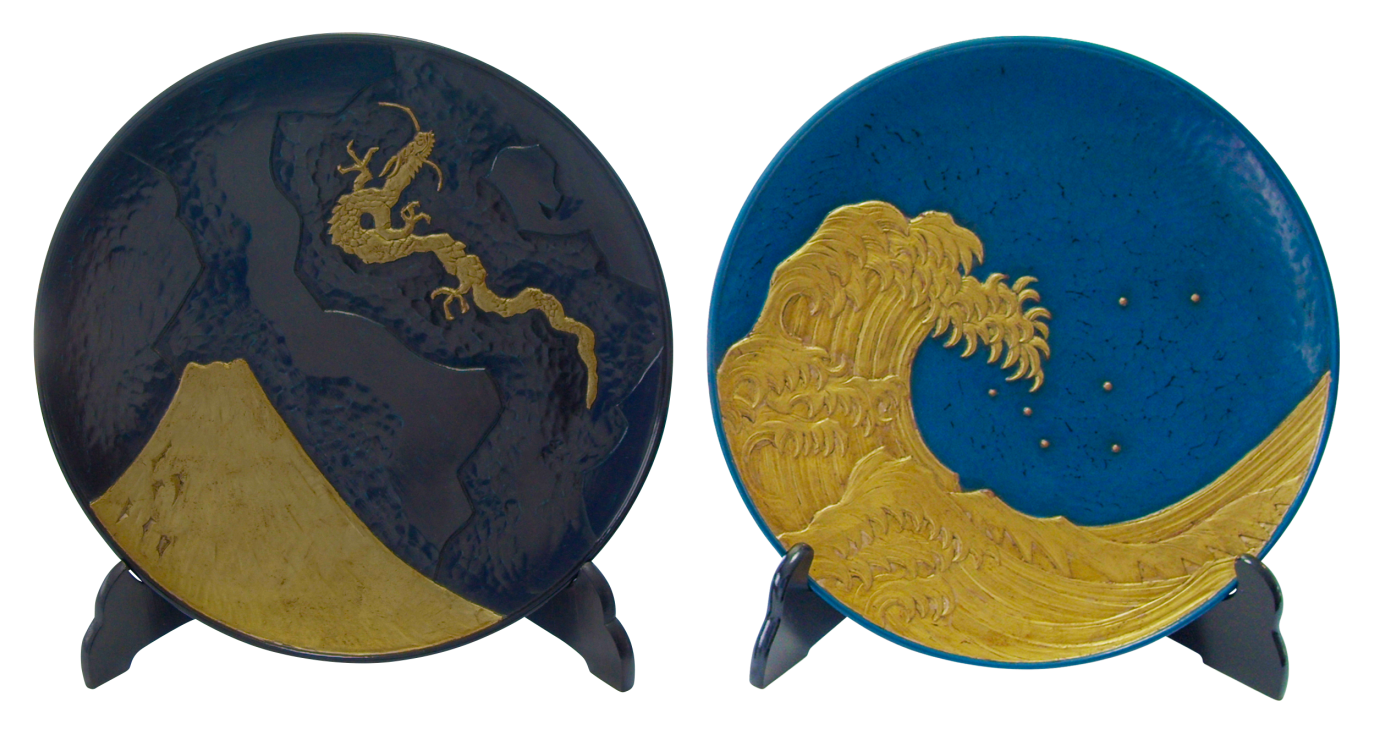
Artist
A successor of the Kamakura-bori tradition and
an international Buddhist sculptor.
Kenyu Mitsuhashi
He comes from a family of busshi, sculptors specializing in Buddhist statues, dating back to the Kamakura period (1185–1333).
An inheritor of the 800-year-old traditional techniques of Kamakura-bori (carved lacquerware).
He started training under his father, Kenrei Mitsuhashi, in the year 2000. To train his mind and heart and to gain the initial mindset of a busshi, he studied Zen Buddhism at the Kencho Temple (Kencho-ji) and was given the artist name Kenyu in 2010 from Master Yoshida of the Kencho Temple.
He mainly creates Buddhist ritual tools required in the space where Zen Buddhists pray, as well as tea ceremony tools. At the same time, he has also been creating artwork to express himself, presenting those works to the world. He has been engaged in a wide range of activities in Japan and abroad, including a solo exhibition in Paris, France.

Art Style
Continuing to expand and deepen the core of tradition
without being tossed by the times.
Kamakura-bori
The techniques and skills of Kamakura-bori (roughly translated as “Kamakura Carved Lacquerware”) have been passed down from generation to generation for approximately 800 years. Today’s Kamakura-bori is the accumulation of the results of artisans confronting the “now” of each era and changing with ingenuity. Even in times of ingenuity and change, the techniques and spirit of the predecessors have been greatly nurtured over the past 800 years as an important core of passing down the tradition of Kamakura-bori. “In today's fast-paced world, our mission is to make a variety of innovations, to embody expressions, and to incorporate the voices of “now” while further developing and enriching the core of the tradition of Kamakura-bori without being at the mercy of the tides of the times,” Mitsuhashi says. Reflecting his own expressions, the techniques and spirit of his predecessors, as well as the voices of today’s world, he creates one-of-a-kind Kamakura-bori works with tradition and innovation as his mission.
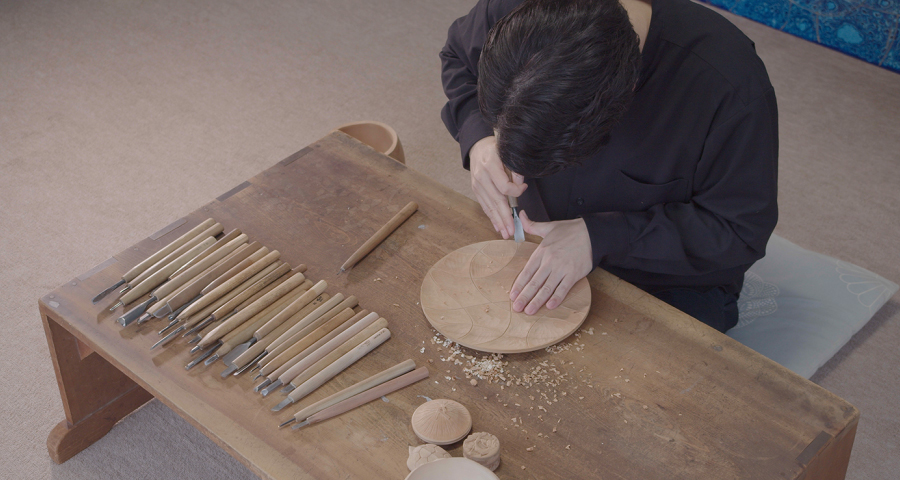
Roots
The origin lies in developing
a new technique of applying lacquer over wood carvings.
The production of Kamakura-bori involves creating the base form using mainly katsura and ginkgo wood, carving patterns/designs, and coating it with urushi lacquer. Carved lacquerware created in this manner in Kamakura City, Kanagawa Prefecture and its vicinity are called Kamakura-bori.
At the end of the 12th century, sculptors specializing in Buddhist statues called busshi––who got the idea from lacquerware that was introduced to Japan from China, such as tsuishu and tsuikoku––developed a new technique of carving wood and then applying layers of lacquer. This is said to be the origin of Kamakura-bori. Temples in Kamakura have valuable Buddhist ritual tools from back then that served as the basis of Kamakura-bori. As tea ceremony became popular in the 13th century, Kamakura-bori items were highly prized as tea ceremony tools. These Buddhist ritual tools and tea ceremony tools were created by busshi. However, with the issuance of the Kami and Buddhas Separation Order (a decree that banned syncretism of Shinto and Buddhism, ordering a clear separation between Shinto and Buddhism, Shinto and Buddhist divinities, and shrines and temples) by the new Meiji government in 1868, an anti-Buddhism movement occurred, leading to the destruction of Buddhist temples, statues, and scriptures across Japan. This had a great impact on busshi and their work drastically declined. Amidst this trend, two busshi, Itsuki Goto and
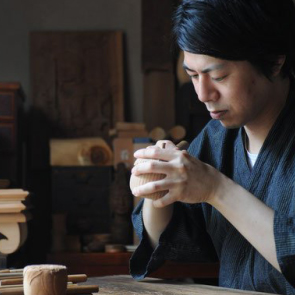
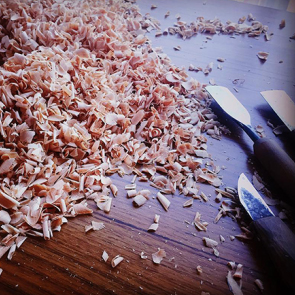
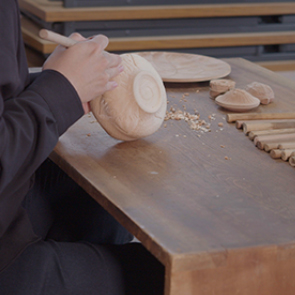
特集記事一覧
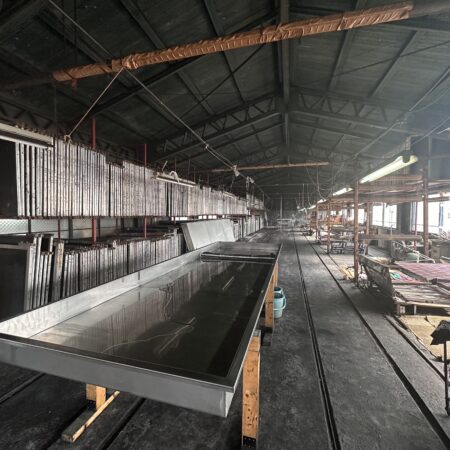
Connecting People and Tradition through Dyeing
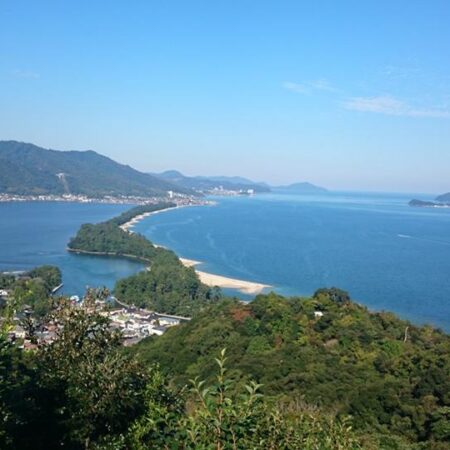
Exploring the Charms of Miyazu City, Kyoto Prefecture

A Hidden Gem of Otsuki City: Experience Guide to Enjoy with Mount Fuji

A Heartwarming Journey through a Treasure Trove of Nature and History

Experiencing History and Inherited Memories in Asuka Village

Discover! The Charm of Miki City
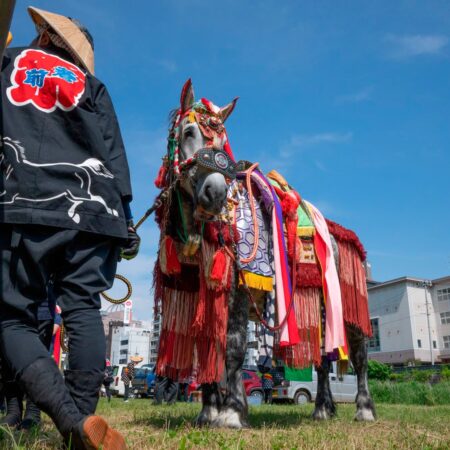
The Enchanting City of Morioka

Discovered! Exciting in Tokushima and Naruto City

